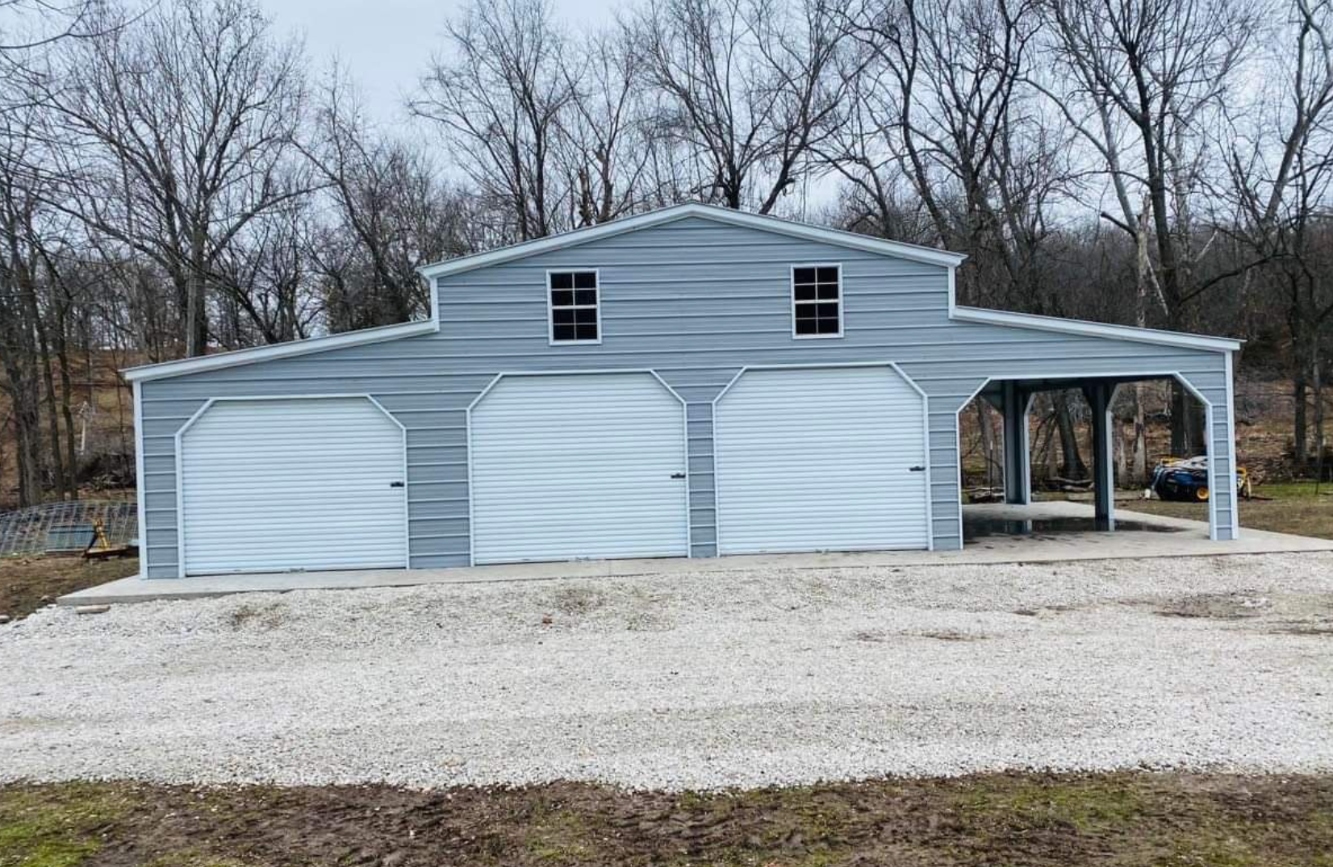
A monitor roof is a distinctive architectural feature commonly seen in barns, industrial buildings, and even some modern homes. It consists of a raised section of the roof along the ridge, usually with windows or louvers along its sides. This elevated structure allows natural light and ventilation to enter the building, making it both a practical and aesthetically pleasing design element. Here’s a deeper look at what a monitor roof is, its purpose, and where it’s most commonly used.
The Design of a Monitor Roof
The design of a monitor roof includes a central portion that is raised higher than the surrounding roof sections. The raised area often has vertical walls, which are usually fitted with windows, vents, or louvers. These allow natural light to filter into the building and offer a way for heat and air to circulate. The term “monitor” in this case comes from the idea of observation, as the raised portion provides a clear view of the interior environment, enhancing both light and airflow.
The basic structure of a monitor roof can be rectangular or square, depending on the building’s layout. While traditionally seen in agricultural or industrial settings, this roof style has been adapted into more contemporary designs for homes and offices.
The Purpose of a Monitor Roof
The primary purpose of a monitor roof is to enhance natural lighting and ventilation within a building. In barns, for example, the elevated windows allow sunlight to illuminate the interior without the need for artificial lighting during the day. In industrial buildings, these roofs help to reduce energy costs by making the most of natural light and allowing hot air to escape, keeping the building cooler in the warmer months.
Ventilation is another key benefit. The higher windows or vents create a natural airflow as warm air rises and escapes through the raised portion of the roof, while cooler air flows in through lower openings. This passive ventilation system is especially useful in spaces with large floor areas, such as warehouses or barns, where traditional windows may not provide adequate airflow.
Where Are Monitor Roofs Commonly Used?
Monitor roofs are most commonly associated with agricultural and industrial buildings, especially barns and factories. However, they have found their way into modern residential architecture as well. Homes with high ceilings, large open spaces, or a focus on sustainable design often feature monitor roofs to improve natural light and ventilation.
